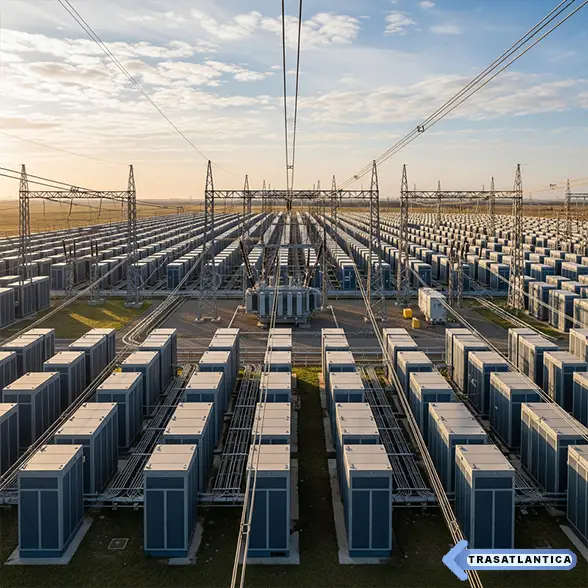Lithium Batteries represent a cornerstone technology in modern energy storage solutions. Their high energy density, long cycle life, and rapid charging capabilities make them ideal for various applications, from portable electronics to large-scale grid storage. As renewable energy sources expand, these batteries help balance supply and demand by storing excess power for later use. Innovations continue to improve their safety and cost-effectiveness, driving wider adoption worldwide.
Advancements in Lithium Batteries Technology
Recent progress has focused on enhancing battery capacity and durability while reducing material costs. Researchers develop novel cathode and anode materials to increase energy density and prolong lifespan. For instance, silicon-based anodes offer higher capacity than traditional graphite, though they require overcoming expansion challenges. Meanwhile, solid-state electrolytes improve safety by replacing flammable liquids. Manufacturing techniques also evolve, enabling more efficient production with lower environmental impact. These advancements collectively strengthen the position of lithium ion batteries in competitive energy markets.
Lithium Batteries Impact on Renewable Energy Integration
The ability of these batteries to store intermittent renewable energy plays a vital role in grid modernization. By smoothing fluctuations from solar and wind power, they ensure a consistent electricity supply. Additionally, their scalability supports diverse applications, from residential solar systems to utility-scale projects. Enhanced battery management systems optimize performance by monitoring temperature, voltage, and charge cycles in real time. This reduces degradation and extends operational life. Consequently, lithium ion batteries contribute significantly to reducing reliance on fossil fuels and achieving sustainability goals.
Emerging Trends in Lithium Batteries Deployment
Market demand propels innovations such as second-life battery applications and recycling initiatives. Repurposing used batteries for less demanding roles maximizes resource efficiency and reduces waste. Simultaneously, recycling processes recover valuable metals like lithium, cobalt, and nickel, mitigating environmental impacts. Policy frameworks worldwide encourage these practices through incentives and regulations. Moreover, integration with smart grids and renewable microgrids expands possibilities for decentralized energy systems. These trends signal a maturing industry adapting to evolving energy landscapes.
Economic Considerations and Future Prospects
While upfront costs remain a barrier, prices continue to decline due to economies of scale and technological improvements. Cost reductions enhance accessibility, particularly in developing regions with growing energy needs. Investments in research and infrastructure further accelerate adoption rates. Looking ahead, breakthroughs in battery chemistry and design promise even greater performance gains. Collaboration among manufacturers, governments, and researchers will shape a sustainable and resilient energy future driven by lithium ion technology.
In summary, lithium ion batteries stand at the forefront of energy storage innovation. Their technological advances, role in renewable integration, and evolving market dynamics underscore their critical importance. Continued development and deployment will be key to powering a cleaner and more reliable energy system worldwide.
